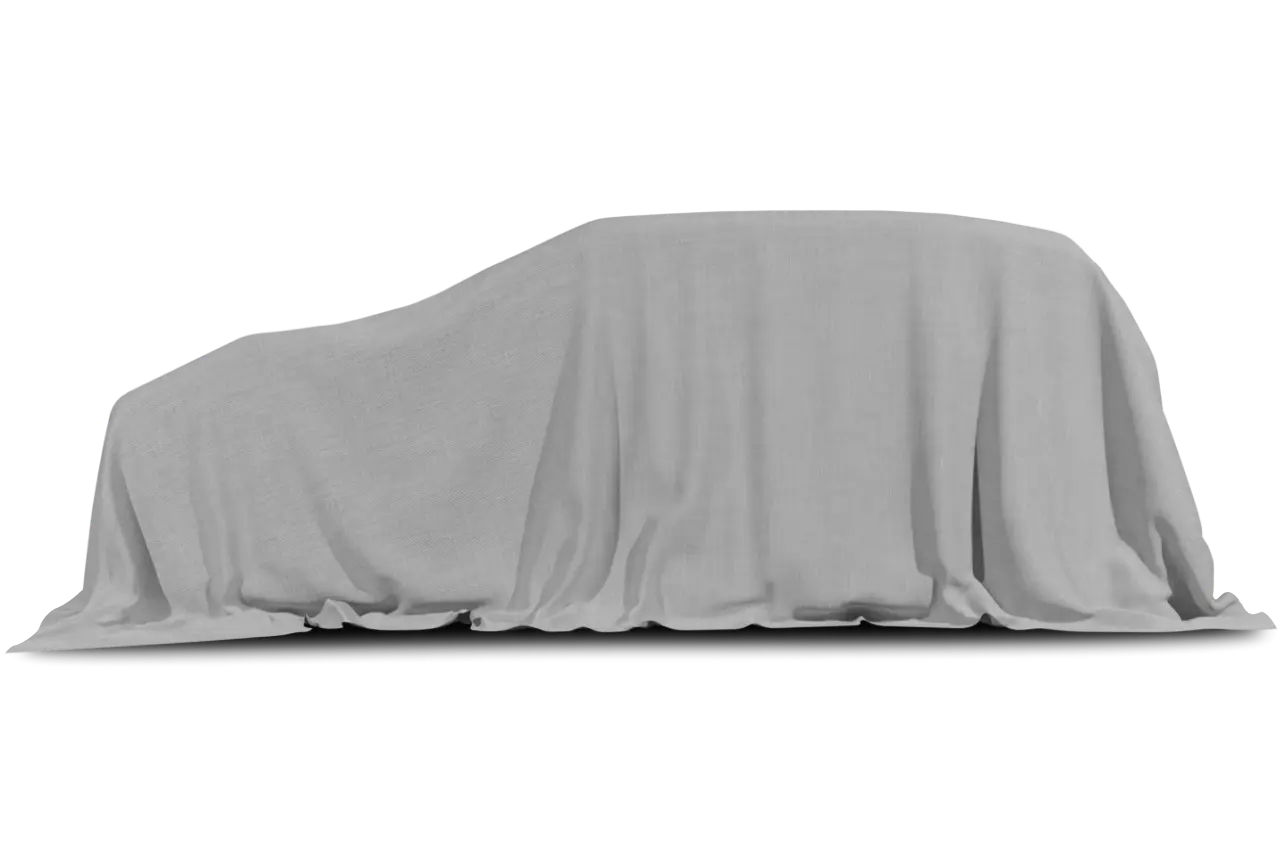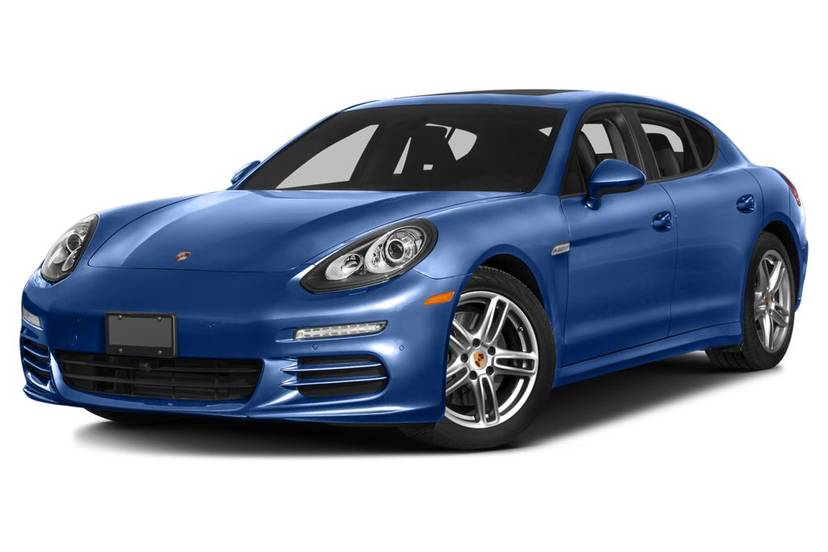
LOWER LAKE – To some, the idea of a French restaurant in this tiny Lake County town (population 1,755) sounds as incongruous as, well, a sport-utility from Porsche.
Yet, parked on Main Street (naturally) outside of Robert’s French Restaurant one day earlier this month were a half-dozen Porsche Cayenne SUVs.
Porsche purists howled at the audacity of the German sports car maker. But company executives thumbed their noses at the how-dare-yous, insisting a sport-utility was needed for Porsche to remain profitable, to remain independent, to remain relevant.
Just wait and see, those Porsche pencil-pushers cautioned, and judge us when the rubber hits the road. Then, tell us whether Porsche and SUV make for such an odd couple after all.
So, after 152.1 hard miles on some wonderful roads — Berryessa-Knoxville Road, Oakville Grade Road, Dry Creek Road — in Sonoma, Napa and Lake counties, this skeptic became a believer.
The 2003 Porsche Cayenne is a wonder. On road, it can do things that other sport-utilities can’t. Despite its weight and size — around 2 1/2 tons and nearly 16 feet long — the Cayenne is strong and fast, tight and precise.
My off-road experience was limited to driving through 4-inch deep flowing water, but other writers who have had the chance to journey unpaved with the Cayenne have come away impressed.
Of course, all this comes at a price. The base model Cayenne, which Porsche designates as S, has a starting price of $55,900. That places it neatly between the Boxster S ($51,600) and the 911 Carrera coupe ($68,600).
The S gets a 4.5-liter V-8 that generates 340 horsepower at 6,000 RPM and 310 pound-feet of torque at 2,500 to 5,500 RPM.
The upscale Cayenne — if Porsche had named it the Paprika, this would be the Hungarian version — is called the Turbo. Here, twin-turbo-chargers prompt 450 horsepower at 6,000 RPM and 457 pound-feet of torque at 2,250 to 4,750 RPM from the 4.5-liter V-8.
This model costs $88,900. That places it above most of the 911 variants — coupe, cabriolet, all-wheel-drive cabriolet, targa and 4S — and only below the Turbo ($116,200) and the GT2 ($181,700).
Porsche expects that 80 percent of Cayenne owners will buy the S model.
All Cayennes have a full-time all-wheel-drive system and a six-speed automatic transmission with Tiptronic, which allows clutch-less shifting. SUVs are familiar territory for U.S. Porsche owners, 56 percent of whom already own a sport-utility.
To me, the lack of a manual transmission is the biggest drawback of the Cayenne, but Porsche officials insists it was a decision made for both financial (offering only one type of shifter costs less) and real-world reasons (nearly all SUV buyers want automatic transmissions).
What’s also missing is a spare tire. It was left off to make room for a better stereo. For the off-roading Cayenne owner, a rear-door spar e-tire holder (and spare tire) is a dealer-installed option.
Some also would insist that that expected Porsche elegance, a sinewy exterior design that connotes motion even when the car (or truck, now) is standing still, is also absent.
And, yes, neither the Cayenne’s bulging front end with its large air openings and triangular light pods nor its blocky, econo-box-inspired rear hatch will win any beauty contests.
A quick glance at a black Cayenne — from a certain angle, under specific lighting — brought to mind a steroid-infused Mini Cooper. But, certainly, there’s little Boxster and absolutely none of the classic 911 beauty here.
On the inside, however, the Cayenne is a real crowd pleaser. By far, Porsche’s most fully evolved interior, the Porsche is both luxurious and sporty. A Turbo model I drove with the Havanna/sand beige smooth leather interior was positively Lexus-like in its sophistication and Audi-like in its innovation. With a healthy splash of light wood trim, the package was very appealing.
During very aggressive driving, the firm seats held fast and offered appropriate (and much needed) support to both driver and front-seat passenger. (If your significant other is both behind the wheel and a little nuts, you’ll happily note the shotgun seat has not one, not two, but three grab handles for holding onto dear life.)
All isn’t perfect inside the Cayenne, however. Yes, you’ll find Porsche’s traditional five-ring gauges, nicely trimmed in metal, but neither the tachometer nor the speedometer is set dead center in front of the driver. The triangle-shaped steering-wheel pod is both artsy and useful, with redundant controls for shifting and other functions.
The second seat actually accommodates full-size adults — again, another first for Porsche. Both headroom and legroom is quite nice. The rear cargo space is very nice at 19 cubic feet, and grows greatly to 62.5 cubic feet when the seats fold down. (BMW’s X5 offers 23.8 and 54.4 cubic feet, in comparison.)
Porsche spokesman Bob Carlson identified the BMW X5 4.6is as the on-road and the Land Rover Range Rover as the off-road targets of the new Cayenne.
“Those two set the bar before we hit the market,” he said.
Carlson said the arrival of the Cayenne has prompted most of its 203 North American dealers to upgrade their “tired” showrooms or build new ones. That was needed to handle increased traffic, he said.
By 2005, largely due to the Cayenne, Porsche expects its sales in this country to double from the 23,000 units sold in 2002. (In March, Porsche dealers sold 899 Cayennes.)
Another knock on the Cayenne is that it shares a platform and a number of electric parts with a much less expensive model, the Volkswagen Touareg sport-utility that’ll be priced from $35,000 to $41,000 when it goes on sale in June.
But, unlike the beef at Lower Lake’s best French restaurant, the idea behind the Cayenne wasn’t half-baked. And the idea of a Porsche sport-utility makes certain sense in America, circa 2003.
“We’re not straying from our Porsche heritage,” Carlson said.
To me, that heritage — get in, go fast — fully applies to the Cayenne.
























